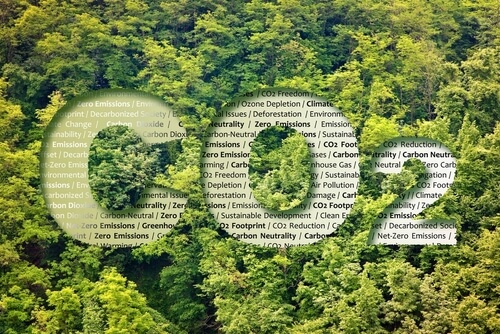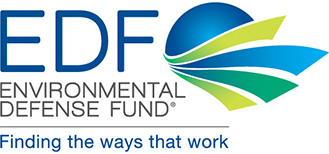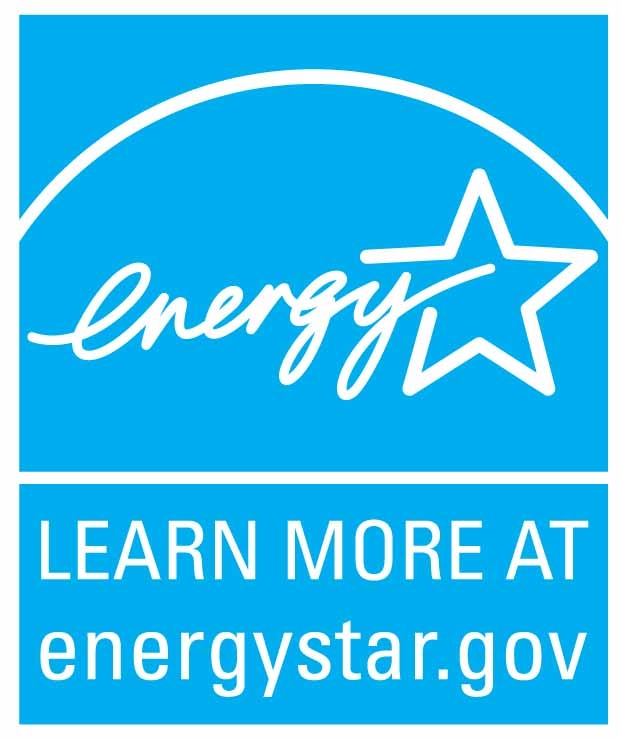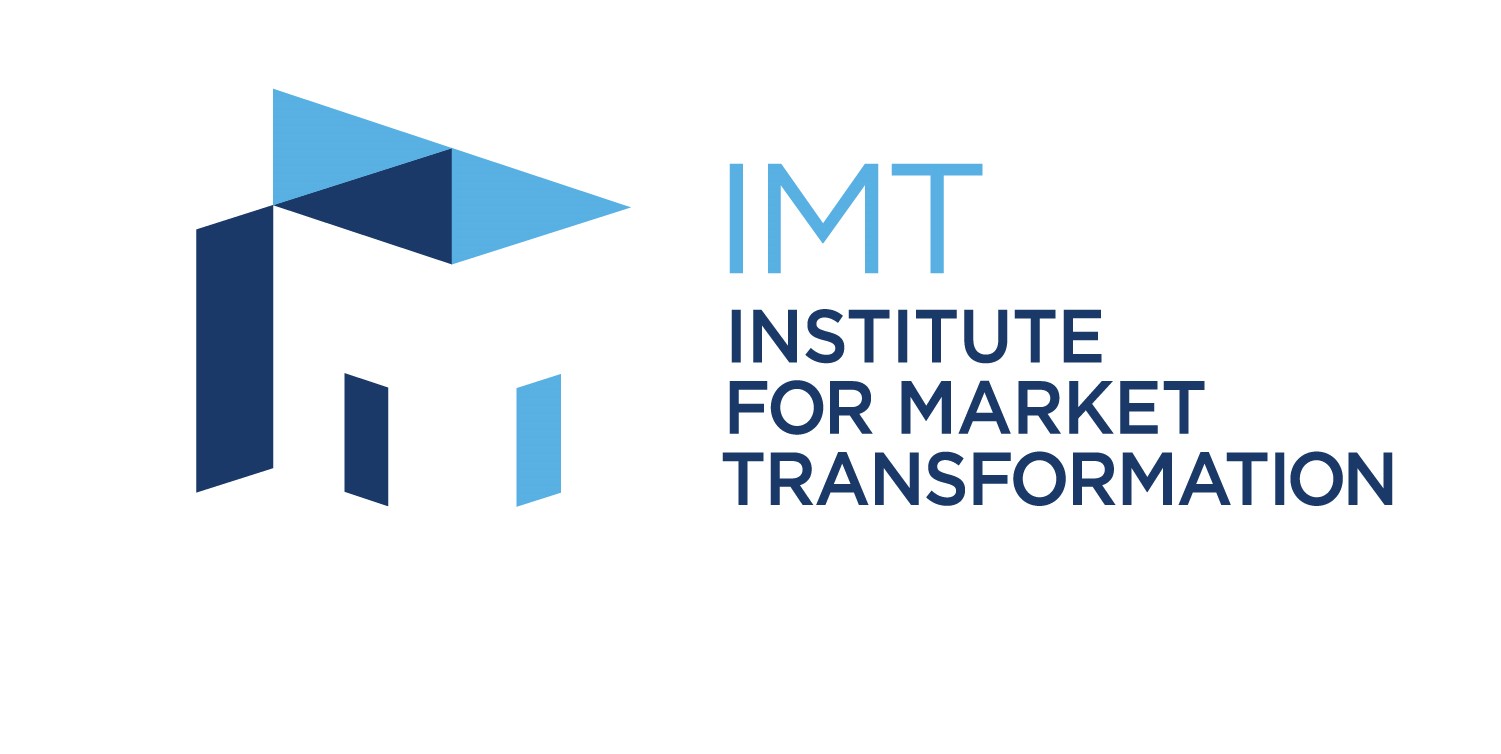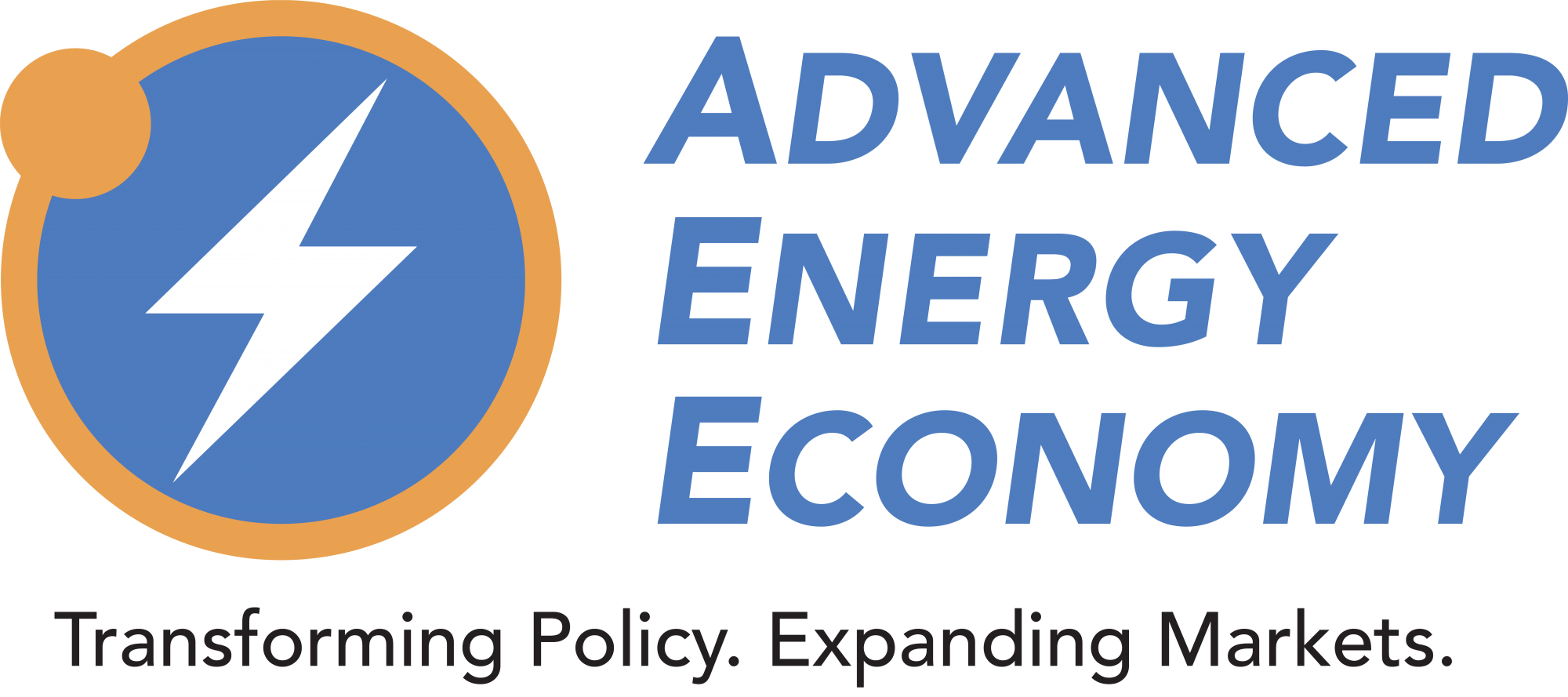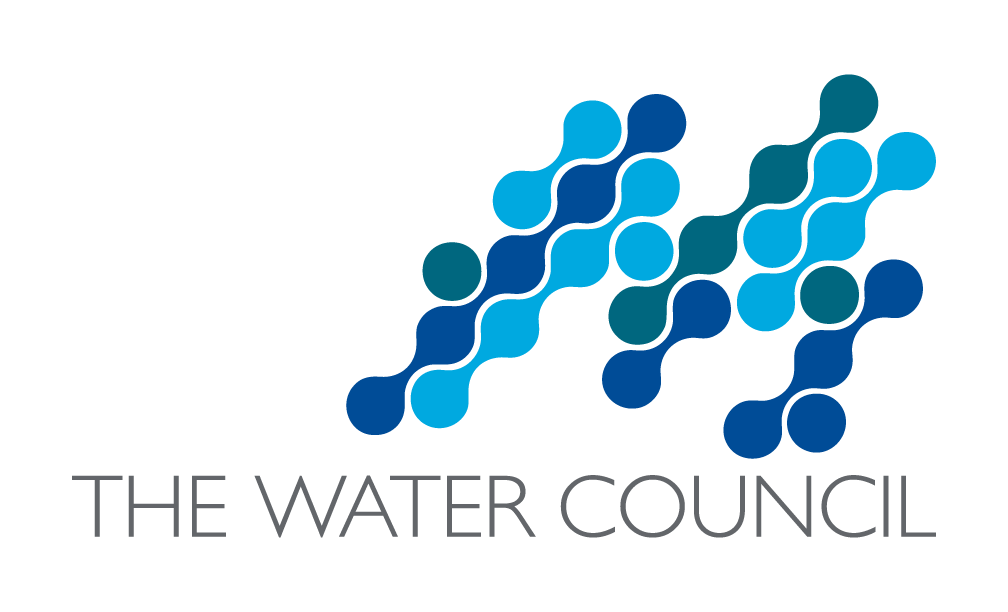GHG Emissions, Industrial, Solar - January 31, 2025
IKEA Increases RE Use, Lowers Emissions
Retailer IKEA announced that its use of renewable energy in IKEA retail and other operations grew to 71% in FY24 from 67% in FY23, with its share of renewable electricity increasing from 77% to 81%.
The company also achieved 100% renewable electricity at 93 additional factories or suppliers, bringing the total to 491 (constituting 44% of its direct suppliers).
The total IKEA climate footprint decreased by 5% vs. FY23 and 28% compared to the baseline year FY16 in absolute terms. The company lowered GHG emissions across its value chain in absolute terms, including materials, production, food ingredients and product use at home.
“Our business direction is clear. We want to make IKEA more affordable, accessible and sustainable, including for people with thin wallets. As part of this journey, last year we took two big steps — we lowered prices by an average of 10% across all markets and made steady progress on our sustainability agenda. We have reduced our climate footprint by 5% compared to last year and we saw a positive movement towards decoupling growth from our greenhouse gas emissions,” says Jon Abrahamsson Ring, CEO, Inter IKEA Group, in a statement.
In FY24, the IKEA climate footprint is estimated to be 21.3 million tons CO2 equivalent, a decrease of 5% compared to FY23 and 28% lower compared to baseline FY16. The reduction in FY24 is attributed to continued increase in renewable energy, improved energy efficiency, movements toward electrification of transport, and lower production volumes.
Compared to the baseline year FY16, relative volume-based emissions decreased by 9% in the upstream part of the value chain, such as sourcing raw materials and manufacturing, and 34% in the downstream part, such as transportation, delivery, and product use. This showcases progress in reducing emissions relative to volumes, a positive step toward decoupling growth from emissions.
As materials stand for almost half of the IKEA climate footprint, the company's efforts continue to increase the share of secondary raw materials, use materials more efficiently and develop products with a lower climate footprint. In addition, the company is continuing collaboration with suppliers to improve traceability for both primary and secondary raw materials.
Read These Related Articles:
- Ingka Group Invests EUR 1.5B for Energy Efficiency
- Smart Energy Voices Podcast Episode 94: Balancing Profitability and Sustainability at IKEA
- IKEA to Use Bio-Based Glue
- IKEA Expands RE To Suppliers in 10 Markets
- IKEA Plans Clean Electricity Subscription Service
Share this valuable information with your colleagues using the buttons below:
« Back to NewsStay Up-To-Date

